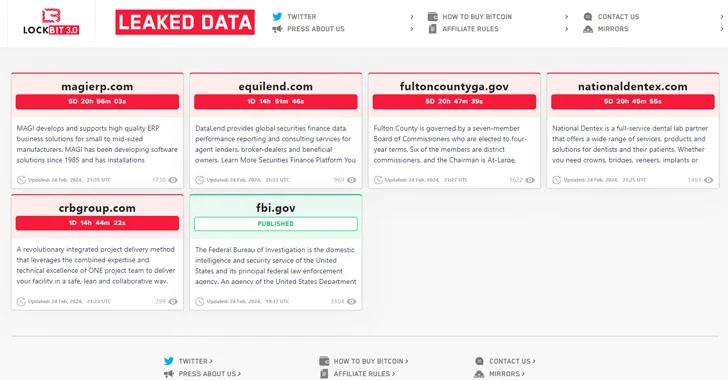 Short Bytes: FBI is pushing back against the order of a judge on revealing the technique it used to catch the defendant in a case of a dark web child pornography. The judge had ordered the FBI to reveal the full malware code used to hack visitors of a dark web child pornography site.
Short Bytes: FBI is pushing back against the order of a judge on revealing the technique it used to catch the defendant in a case of a dark web child pornography. The judge had ordered the FBI to reveal the full malware code used to hack visitors of a dark web child pornography site.
Backing up their case, FBI lawyers have filed a sealed motion asking the judge to reconsider his decision. They have also provided a public declaration from an FBI agent involved in the investigation to support their case.
FBI agents are saying that their defense is not against revealing the exploit which was used to bypass the protections offered by the Tor Browser. Also, the previous filings were just to determine whether the network investigative technique (NIT)—the FBI’s term for a hacking tool—carried out additional functions beyond those authorised in the warrant.
Also Read: FBI Used Hacking Team’s Help to Track Tor User
In this case, the department of Justice attorneys has also asked FBI to submit a filing which would only be presented to the judge under the motion.
Special Agent Daniel Alfin writes.
Vlad Tsyrklevich is a malware expert held by the defense to analyse the NIT.
Tsyrklevich has written a declaration after analysing the parts of the NIT that have been disclosed, but the full text of that document remains under seal.
— Alfin writes
Let’s see how far the case goes and will FBI be forced to present the hacking technique for public open?
Also Read: Tor Director Accuses FBI of Spending $1 Million to Attack Tor Users










